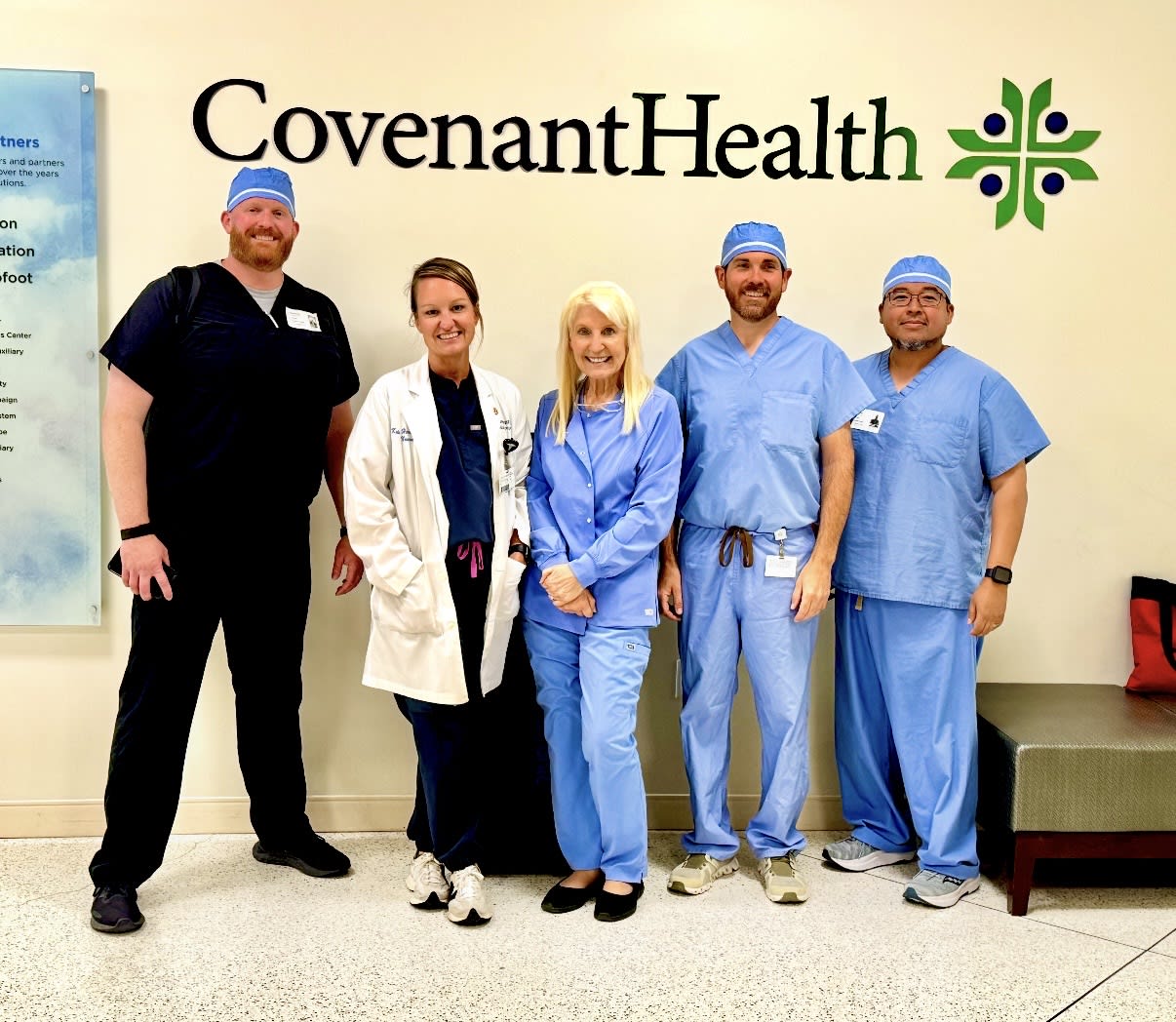Treating Epilepsy
When you’re diagnosed with epilepsy, we understand that you may wonder how it will affect your ability to work, drive and participate in other activities. We provide highly advanced care along with compassionate support to help you manage your condition and live well.
Why Choose Us for Your Epilepsy Care?
With the right treatment and support, many people with epilepsy can live with a limited effect on their daily lives. Providence offers leading-edge treatment – and hope – to patients with epilepsy. Learn why so many people choose us for their care.
More About Epilepsy
Epilepsy is a brain disorder that causes seizures. They occur when the electrical signals in the brain are disrupted or don’t work properly.
Seizures may cause uncontrolled muscle movements, loss of awareness, stiffness in the body or even unconsciousness. Some people with epilepsy have seizures that are triggered by certain events or circumstances, such as lack of sleep, stress, fever, and flashing lights or patterns. For others, seizures are unpredictable. With the right treatment and support, many people with epilepsy can live with limited disruption.
Types of Epilepsy We Treat
- Genetics-based epilepsy disorders
- Idiopathic generalized epilepsy
- Localization-related epilepsy
- Post-stroke/post-TBI epilepsy
- Primary generalized epilepsy
Testing and Diagnostics

Your neurological team will use the most advanced methods to diagnose your epilepsy. These may include one or more of the following:
- Electroencephalogram (EEG)
- Epilepsy monitoring unit
- Long-term monitoring
Personalized Treatment for Epilepsy
No two patients are the same. This is why your care team works with you to create a treatment plan based specifically on the type of epilepsy you have and your symptoms. Treatment may include one or more of the following:
- Deep brain stimulation (DBS)
- Management with anti-seizure medications (ASM)
- Responsive neurostimulation (RNS)
- Vagus nerve stimulation (VNS)
Find Neurological Care Close to You
Meet the Team
At Providence, you'll have access to a vast network of dedicated and compassionate providers who offer personalized care by focusing on treatment, prevention and health education.
Expert Tips and Advice





